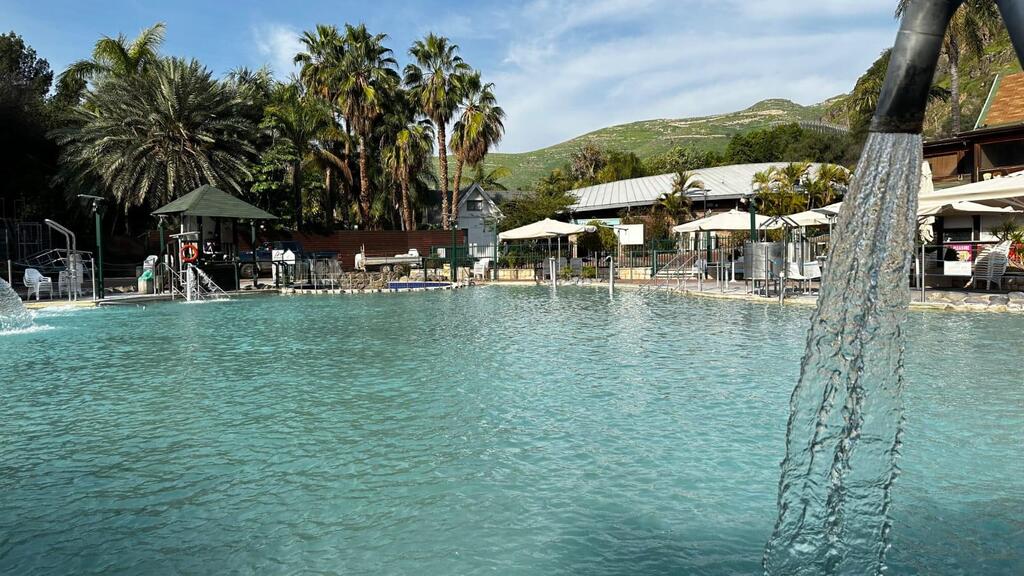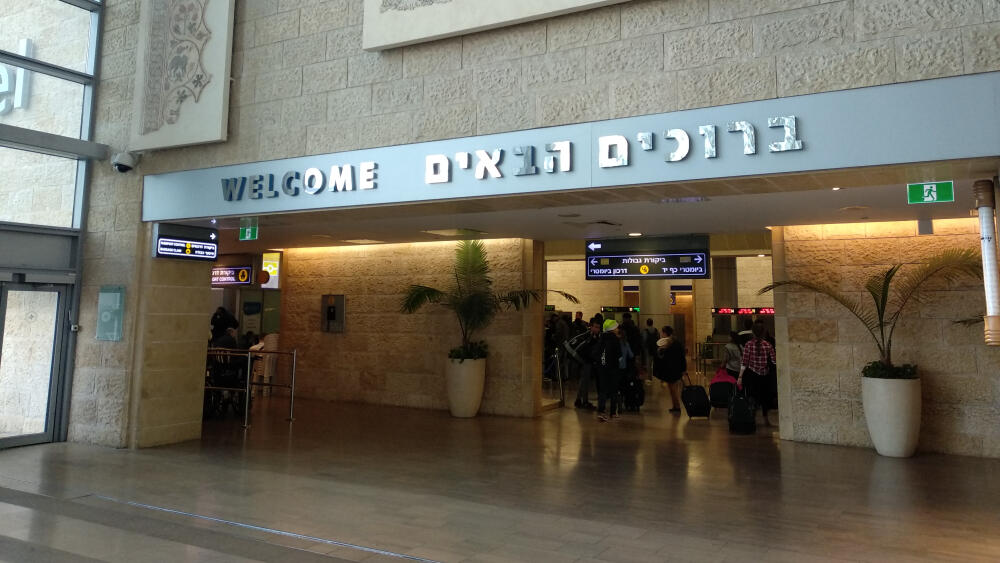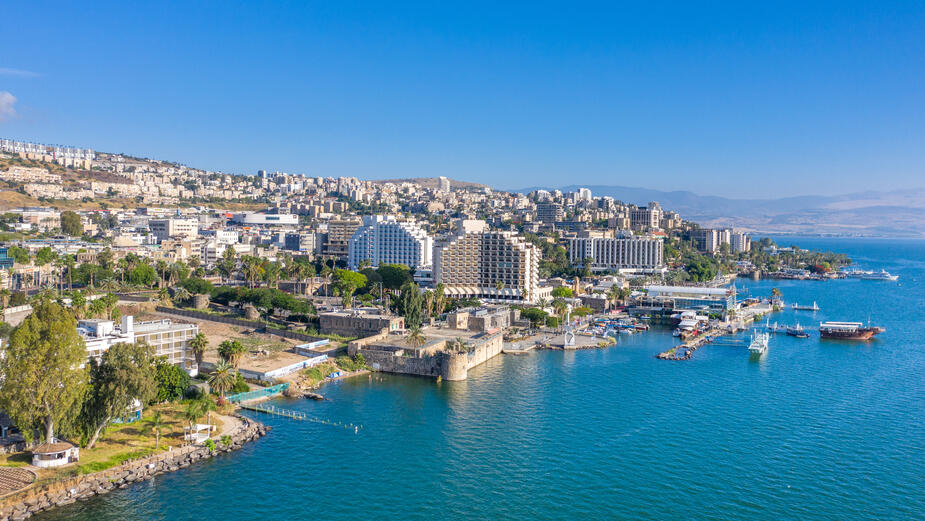Getting your Trinity Audio player ready...
About 10% of hotels in Israel are at real risk of closing, with many others on the brink of financial collapse, according to a report released on Wednesday by the Israel Hotel Association (IHA), detailing hotel occupancy rates across the country for January to June 2024.
The report highlights severe financial distress in areas dependent on incoming tourism, while regions hosting displaced residents and relying on domestic tourism, particularly the Dead Sea and Eilat, reported high occupancy rates. Hotels and guesthouses along the northern border have been closed for 10 months since the war in Gaza began.
"Maintaining the tourism industry is a national interest, and all relevant parties must work together to prevent hotel closures and increase security for an industry that proves to be a strategic asset for the State of Israel daily," said Sivan Detauker, CEO OF IHA which represents 450 hotels nationwide, employing about 42,000 workers.
Detauker emphasized the vital role Israeli hotels have played since the war's outbreak, hosting tens of thousands of displaced Israelis while maintaining operations in a challenging security environment devoid of tourists. She highlighted the significant staff shortages and economic uncertainty, which hinder the sector's ability to plan for the future.
The report indicated that approximately 969,000 tourist overnight stays were recorded in the first half of 2024, marking an 81% year-on-year decline and an 84% decrease compared to the same period in 2019 (pre-COVID-19).
Occupancy rate drops were particularly noted in areas reliant on incoming tourism, such as Jerusalem, Nazareth, and Tel Aviv. According to the Tourism Ministry, about 500,000 tourists visited Israel from January to June, compared to about two million in the same period last year.
In contrast, overnight stays by Israelis totaled 10.4 million, a 53% increase compared to the same period last year, with about half of these stays involving evacuees. The first quarter saw many evacuees from the south leaving hotels, leaving primarily evacuees from the north still accommodated in hotels.
Consequently, above-average occupancies were recorded in areas hosting northern evacuees, including Haifa, Tiberias, Netanya and Herzliya. High occupancies were also seen in regions popular with domestic tourists, such as Eilat and the Dead Sea. The national room occupancy rate was 62%, compared to 63% in the same period of 2023 and 68% in 2019.
Haifa and Herzliya each recorded an occupancy rate of about 76%, Eilat about 74%, Tiberias and the Sea of Galilee about 73%, Netanya about 70%, and the Dead Sea 69%. Tel Aviv recorded a 57% occupancy rate, an 11% decrease compared to last year and a 25% decrease compared to 2019.
Jerusalem's occupancy rate was 41%, a 37% decrease compared to last year and a 43% decrease compared to 2019, while Nazareth recorded 33%, a 40% decrease compared to last year and a 52% decrease compared to 2019.





